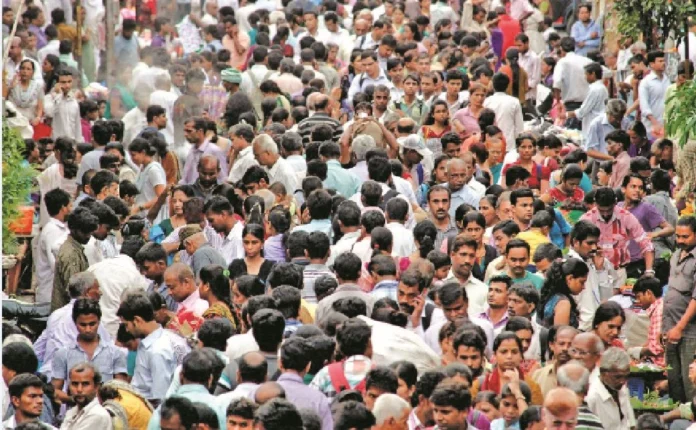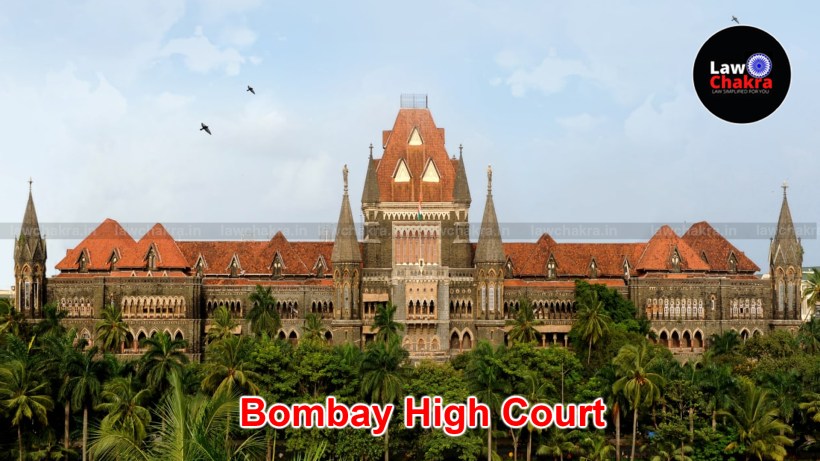India Counts Again – India Legal

By Vikram Kilpady
The long-delayed Census of India will finally be conducted by March 1, 2027, the Ministry of Home Affairs (MHA) has announced. Sixteen years after the last headcount, this fresh enumeration is expected to do more than update numbers—it will redraw the political and social contours of the country. From representation in Parliament to reservations in education and employment, this Census could upend the frameworks that have governed India since Independence.
Apart from its sheer delay—2021 was the scheduled year, but the Census was thwarted by the pandemic—this Census is historic for another reason: it will, for the first time since 1931, enumerate caste. This marks a seismic shift in policy. For decades, India had refrained from recording caste in official population counts, perhaps in a bid to look beyond the divisions of the past. But caste has remained the “300-pound gorilla” in every classroom and constituency.
The data will have massive implications. It could recast reservation policies, identify who truly qualifies as “backward”, and open a door to challenging the 50 percent cap on quotas. Simultaneously, the Supreme Court’s nod for sub-classification of SC/STs could result in a more granular approach to affirmative action—one based not just on caste, but also on economic mobility within castes.
Yet the most contentious outcome of the Census could lie in delimitation, the redrawing of parliamentary boundaries. As per constitutional mandate, this must follow the first Census after 2026. Southern states fear that since they have successfully implemented population control measures, they may lose seats to more populous states in the North—a reward for failure, in their view.
Tamil Nadu Chief Minister MK Stalin has led the charge, accusing the BJP of deliberately delaying the Census to enable a delimitation that would erode southern influence. “It’s a betrayal,” he said, targeting not just the BJP, but also its local ally, the AIADMK. The centre, through a post on X, countered by pointing to Union Home Minister Amit Shah’s assurance that southern concerns will be addressed “at an appropriate time”.
Andhra Pradesh CM and BJP ally Chandrababu Naidu has offered a middle path: freeze the current number of seats per state, if expanding the Lok Sabha strength from 543 to 800-odd, allot more seats in proportion to each state. This would protect southern states from being penalised for population control while allowing northern states more representation.
The Census also poses technical challenges. It will be India’s first digital enumeration, using mobile apps instead of paper registers. With growing concern about data breaches—Aadhaar being a case in point—the government must ensure ironclad protections for citizen data.
The Census delay, initially blamed on Covid-19 and the massive internal migration it triggered, was later attributed to logistical issues. Over 30 lakh enumerators, most of them school teachers, are required—pulling them from post-pandemic classrooms would have disrupted education, the MHA said.
But now, the delay carries political weight. As the data begins to shape conversations around who gets counted, who gets reserved, and who gets represented, the Census of 2027 will not just be a statistical exercise. It will be a mirror—showing the nation where it stands and who it has left behind.
DELIMITATION AND CASTE IN THE CENSUS—A BRIEF PRIMER
What is delimitation?
Delimitation refers to redrawing the boundaries of parliamentary and legislative constituencies based on population data. It ensures equal representation across regions, maintaining the democratic principle of “one person, one vote”.
- Mandate: The Constitution requires delimitation to follow the first Census after 2026.
- Current status: India has frozen seat distribution among states since 1976, to encourage population control.
- Fear: Southern states, with slower population growth, worry they’ll lose representation to more populous northern states.
Why is caste in the Census a big deal?
This will be the first caste-based count in India since 1931, a colonial-era exercise.
- Post-Independence policy: Caste enumeration was avoided in favour of a unifying national identity.
- Reality check: Caste has remained central to access—whether to education, jobs, or politics.
- Impact of Data: The new numbers can recast quotas, challenge the 50 percent reservation cap, and inform sub-categorisation within SC/ST groups.
Why it matters now?
- Caste-based politics have surged post-Mandal (1990s).
- Accurate data could strengthen or curb calls for new reservations (Marathas, Jats, Patels).
- The Census becomes not just a tool for governance, but a battlefield for representation and resources.






